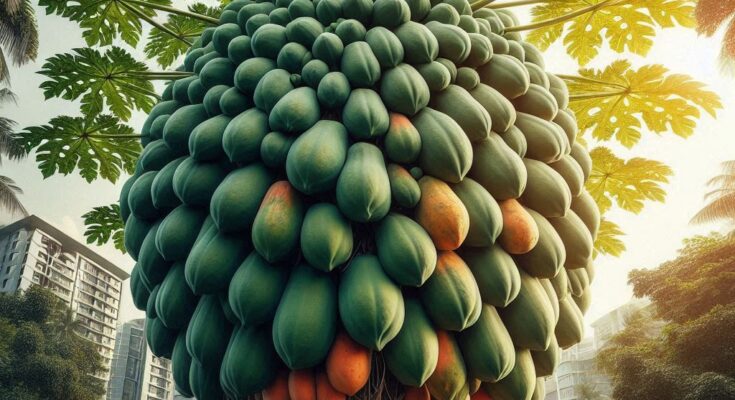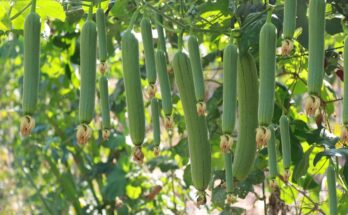Grafting is a popular horticultural technique used to propagate fruit trees, allowing gardeners to produce higher yields, improve disease resistance, and retain the best characteristics of a desirable variety. While papaya (Carica papaya) is commonly propagated from seeds, grafting papaya trees is an effective method to ensure uniformity and improved fruit quality. In this guide, we’ll explore an amazing and practical method to graft papaya trees starting from papaya fruit itself. It’s a great way for home gardeners and small-scale farmers to grow healthier and more productive trees.
Why Graft Papaya?
Papaya grown from seed often results in variable fruit quality, size, and taste. Seedlings are genetically diverse, and it can be challenging to ensure consistency in flavor or productivity. Grafting allows you to:
- Retain desirable traits from a superior papaya variety.
- Improve resistance to soil-borne diseases.
- Promote faster fruiting.
- Control tree size and structure.
- Extend the productive life of the plant.
Now, let’s dive into how you can begin the grafting process, starting right from the papaya fruit.
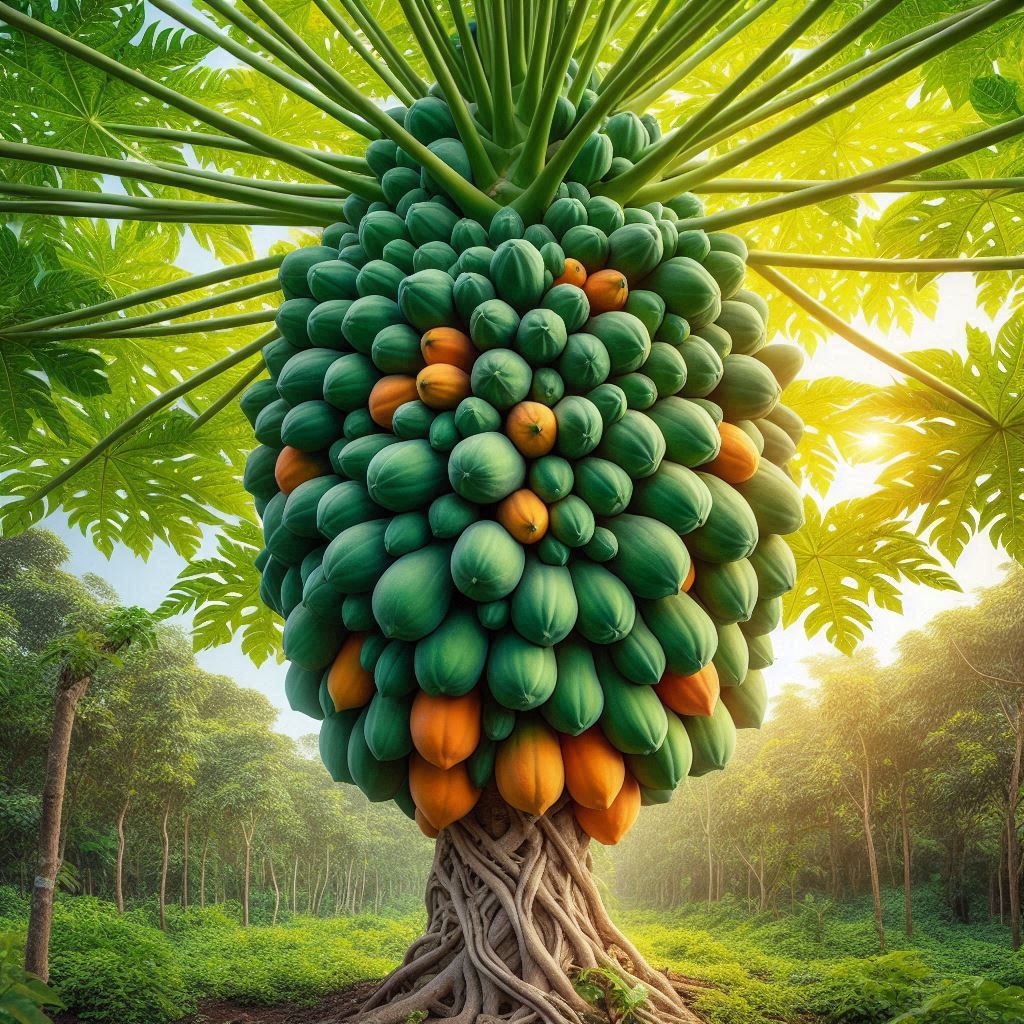
Step 1: Selecting the Right Papaya Fruit
The first step is to choose a healthy, ripe papaya fruit from a strong, disease-free tree. This will serve as your seed source for the rootstock. Look for:
- Bright orange or yellow color (depending on the variety).
- Firm but fully ripened flesh.
- No signs of rot, mold, or pest damage.
Scoop out the seeds, rinse them under water to remove the gelatinous coating, and let them dry in a shaded area for about 1–2 days. These seeds will be germinated to grow the rootstock.
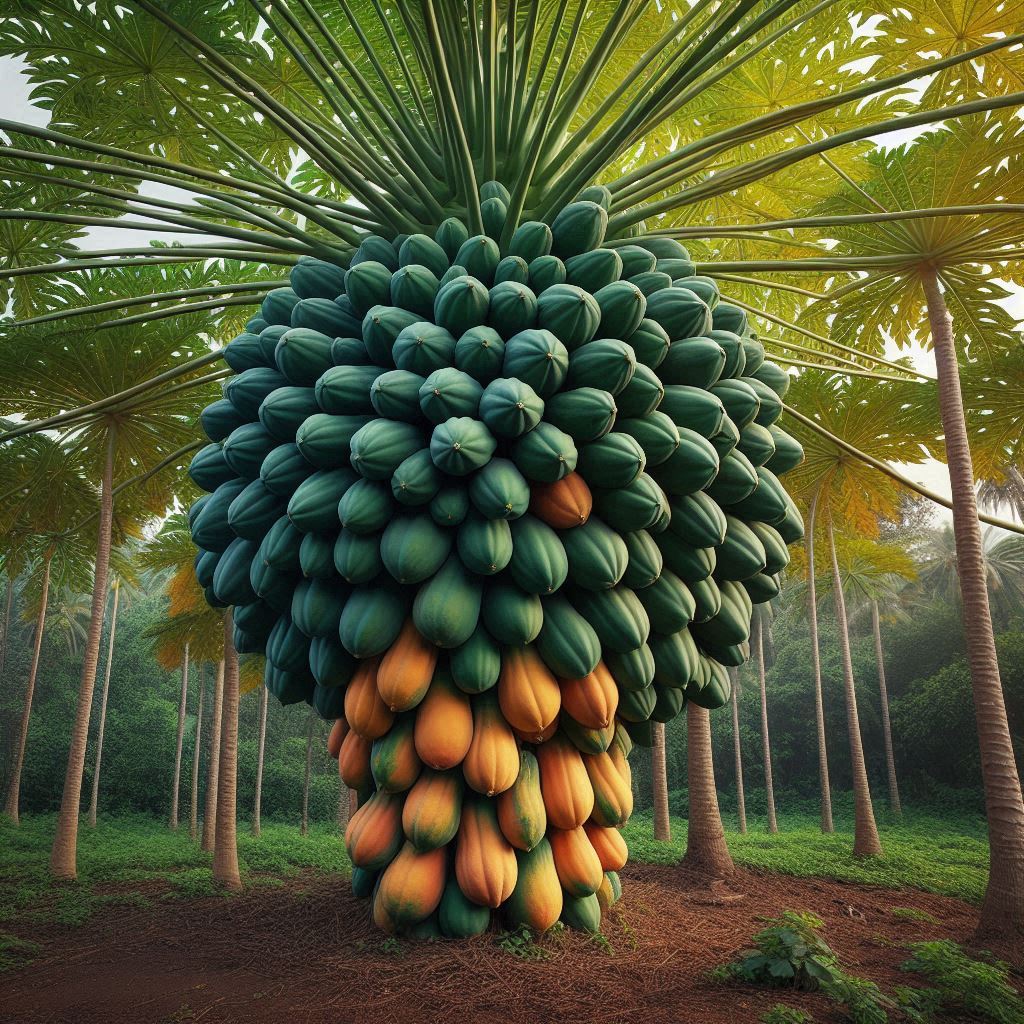
Step 2: Germinate the Seeds
Papaya seeds germinate best in warm, moist environments. Here’s how to do it:
- Soak the Seeds: Before planting, soak the dried seeds in warm water for 24 hours to improve germination.
- Prepare Pots or Seed Trays: Use a well-draining seed-starting mix. Fill trays or pots about 3–4 inches deep.
- Plant the Seeds: Sow the seeds about 1/2 inch deep and water lightly.
- Provide Warmth and Moisture: Keep the soil moist and place the tray in a warm, shaded spot. Ideal germination temperature is 25–30°C (77–86°F).
- Wait for Germination: Seeds usually germinate within 2–3 weeks.
Once the seedlings have grown to about 10–12 inches tall with a stem diameter of at least 1/4 inch, they’re ready to be used as rootstock.
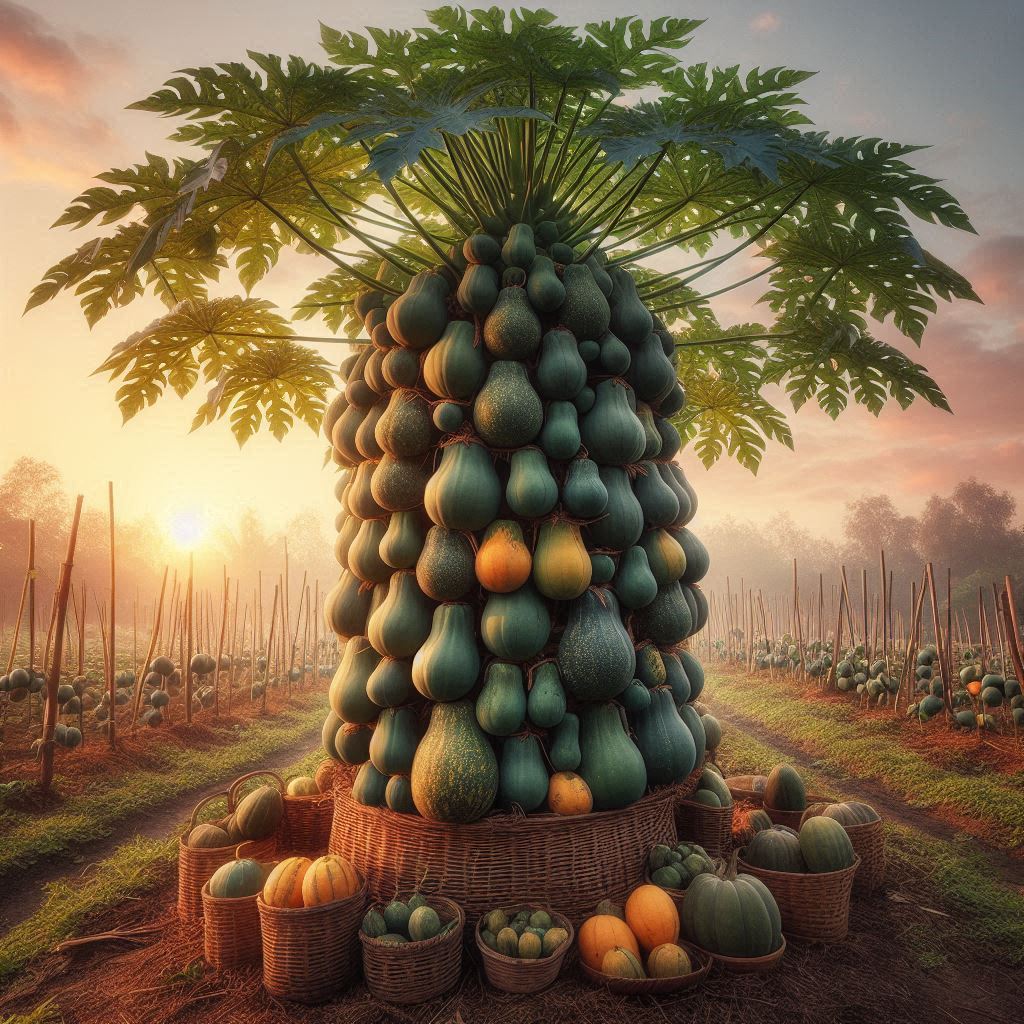
Step 3: Choose a Scion from a Healthy Tree
The scion is the part of the plant that is grafted onto the rootstock. It will become the upper part of your new papaya tree and determines the fruit type.
- Select a healthy branch tip from a mature, disease-free tree that has already proven to produce high-quality fruit.
- The scion should be young but firm, ideally around 5–6 inches long and about the same thickness as the rootstock stem.
- Remove all leaves from the scion to prevent moisture loss.

Step 4: Grafting Technique – The Cleft Graft
One of the most effective grafting methods for papaya is the cleft graft. Follow these steps:
- Prepare the Rootstock: Cut off the top of the rootstock stem cleanly with a sharp knife or razor blade. Make a vertical slit (about 1 inch deep) in the center of the stem.
- Prepare the Scion: Shape the bottom of the scion into a wedge. This means cutting both sides at a slight angle to form a “V”.
- Insert the Scion: Carefully insert the scion wedge into the slit of the rootstock, ensuring the cambium layers (the green layer just under the bark) of both pieces touch for good vascular connection.
- Secure the Graft: Wrap the graft union tightly with grafting tape or plastic wrap. Make sure it is firm and air-tight but not damaging the stem.
- Cover and Protect: Optionally, place a plastic bag over the entire graft to maintain humidity and protect it from drying out. Do not expose to direct sunlight.
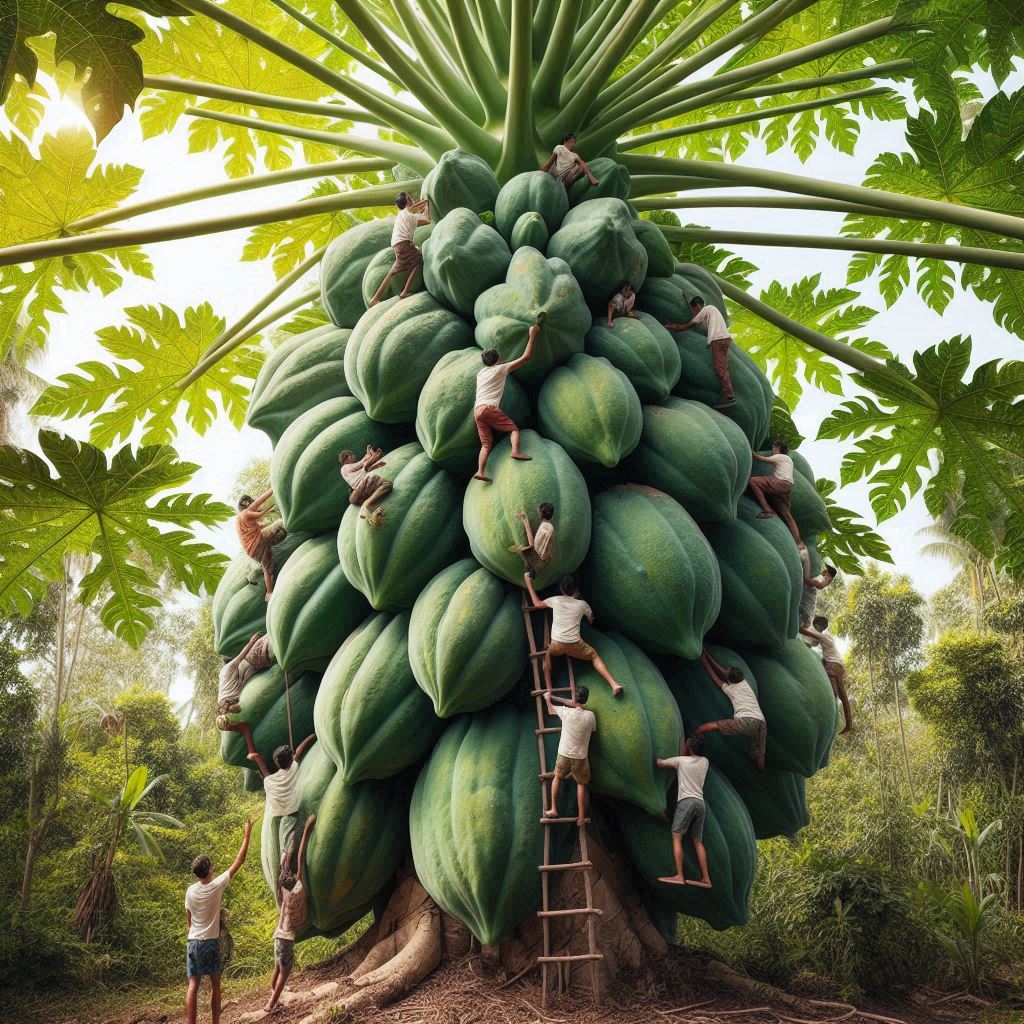
Step 5: Aftercare
- Place the grafted plant in a warm, shaded area.
- Water carefully—avoid soaking the graft site.
- Check regularly for signs of growth or rot.
- After 2–3 weeks, new growth should appear on the scion.
- Remove the plastic wrap and begin to gradually expose the plant to more light.
- If the graft has taken successfully, the scion will continue to grow and eventually form a healthy papaya tree.
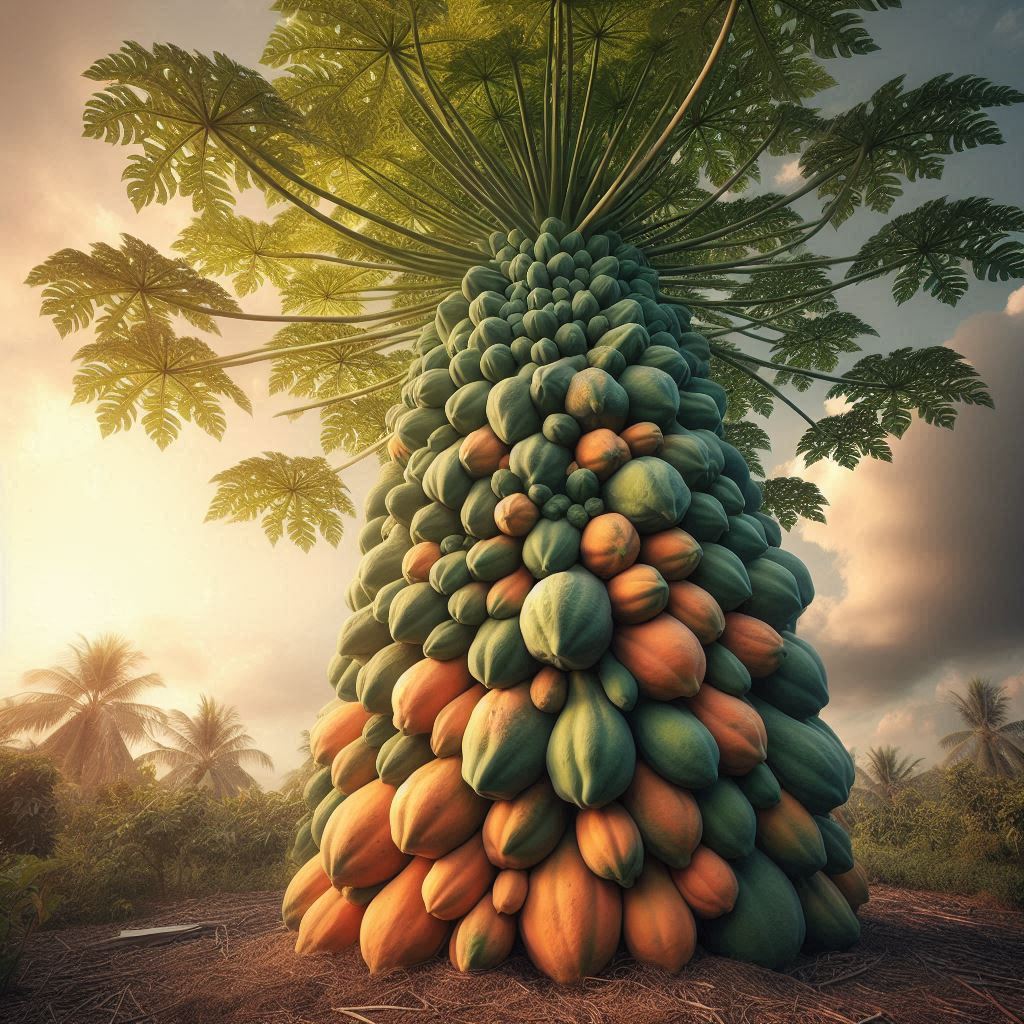
Tips for Success
- Always use clean, sterilized tools to prevent infections.
- Perform grafting during the warm season when sap flow is active (spring or early summer).
- Avoid overly thick scions or rootstocks, as compatibility in size improves success.
- Do not overwater during the healing process.
Conclusion
Grafting papaya trees from papaya fruit might sound like a complex process, but with the right method and a little patience, it’s a great way to cultivate uniform, high-yielding, and disease-resistant papaya trees. This method gives you control over the quality of the fruit and the vigor of the tree. Whether you’re a backyard gardener or a small-scale farmer, this technique can greatly enhance your papaya-growing experience. Happy grafting!

